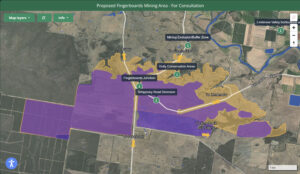
A recent study by The Australian National University (ANU) and the Heavy Industry Low-carbon Transition Cooperative Research Centre (HILT CRC) outlines a viable path for heavy industries to achieve continuous renewable energy use. The research indicates that sectors such as steel, aluminium, and cement can significantly lower both electricity costs and emissions through the strategic integration of solar power and battery storage.
Dr. Bin Lu, the lead author of the study from ANU, emphasized the potential for innovation in industrial decarbonisation. “Our modelling shows that the next advance in industrial decarbonisation will come from smarter use of renewable technologies,” he stated. By employing effective operational strategies, industries can run on renewable energy around the clock while simultaneously reducing their electricity costs.
Optimising Renewable Integration
The research team at ANU developed a high-resolution energy modelling framework designed to simulate continuous operations within heavy industries. This framework effectively captured the variations in solar and battery outputs throughout their operational lifetimes. The team applied this model to case studies from Australia’s most energy-intensive sectors.
Dr. Lu noted, “Instead of waiting for technology to get cheaper, we can unlock greater benefits by integrating renewables smartly.” His comments highlight the importance of a system-level approach, suggesting that such strategies could lead to the realization of 24/7 green electricity for these industries.
HILT CRC Chief Executive Officer Jenny Selway acknowledged the value of collaborative research in facilitating clean energy transitions. “Heavy industries are vital to Australia’s economy,” she remarked. “Through collaborations like this, we’re building the knowledge base that helps industries invest confidently in renewable energy and decarbonisation.”
Supporting Strategic Energy Planning
The findings of this study align with broader strategic goals for green energy in Australia, particularly the Australian Energy Market Operator’s Integrated System Plan and the national target of achieving net-zero emissions by 2050. The research is part of the HILT CRC project titled “Low-cost reliable green electricity supply for low-carbon heavy industry” and has been published in the journal Solar Energy.
By demonstrating how heavy industries can leverage renewable technologies, this study provides a roadmap for a more sustainable future. It underscores the critical role that strategic planning and innovative solutions play in the transition to a low-carbon economy.






